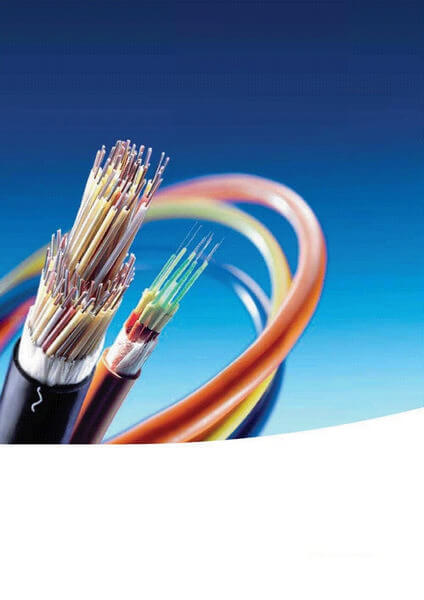
You’ve taken the decision to install Ethernet Fibre? Great! Now all that’s left to do is get the line installed, but what actually happens during this phase? Here; Stream Networks detail what the installation process entails, any problems that you could face and what you can do to ensure the installation runs as smooth as possible.
If everything goes according to plan, the process of installing Ethernet Fibre takes from around six weeks (30 working days). However, there may be obstacles lurking along the road to installation which can lead to frustrating delays. Featured below are some of these obstacles, and advice on how best to avoid them.
Fibre Installation – Factors which can delay your connection
- Any delays in response to any requests from BT or any other network carrier.
- Any delays in providing Wayleave or a Permit to Work by the Landlord or Building Owner.
- If Civil Engineering is required (a road dig for example) or access to a manhole in the middle of a road, a Local Authority Permit may be required – any delay obtaining this will affect the delivery date. Also, some permits require a certain elapsed time before work can take place which will affect the delivery date.
- Insufficient power points are available at the termination point, this may also cause a delay!
- Once the site survey has been undertaken, a plan of works will be made available which will detail the target delivery date. Stream Networks actively monitors all open projects, and we have escalation paths within the network carriers should the need arise.
Fibre Installation – What Happens.
- The fibre installation process starts with a visit by a Survey Officer and is overseen by a Job Control team.
- At an early stage in the project, The Survey Officer will identify a proposed route for the fibre connection. At this point the install team may need consent from the building owner before proceeding any further. After all, any issues with the building could jeopardize the whole job and require changes to the route. Typically, a Wayleave Document or Permit To Work will be required from the building owner; if the building owner does not respond promptly, the installation immediately becomes delayed.
- Once all permits are in place, it may be necessary to check the integrity of the route (for example probing ducts with a “test rod”). As soon as the planner is happy with all this, any potential Excess Construction Costs (ECCs) will be confirmed at this point. The customer then has the opportunity to accept these charges, or not.
Fibre Ethernet – installation, testing , and getting online
The next stage in the process is the installation of the fibre connection on premises. In the background other “Externals” will be done (sometimes including road digging), to provide a route to your premises.
- An external cable (usually black) comes in to the building at the location (“intake”) agreed based on practicalities such as pre-existing entries to the building eg ducts.
- An internal cable (usually white) is run from the Intake location to the location where the service is going to be used (comms room etc).
- This is sometimes carried out by a contractor and not BT or the carrier.
- These are joined in a “gas seal” box (to protect you from nasty gases coming up through the pipe).
- At the end of the internal cable you’ll find a white box on the wall OR a slim rack-mounted “splice tray”.
- From the white box or splice tray you’ll find an orange “pig tail” cable.
- At this point a “fit and test” is scheduled – whereupon the “NTE” (network termination equipment) is installed and connected to the orange pigtail cable.
- Within 24 hours the line will be available; you’ll be able to get online! (during this time the NTE is being tested and configured)
Important Notes
- The Job Control team will only have one contact for the customer site (“the B end”).
- Whoever this is needs to answer any calls from BT or the carrier, and return calls promptly, or the installation may be delayed.
- Frequently, engineers will want to arrive to do major work with very little notice, if their work is delayed it may delay the installation.
- Occasionally, engineers will show up without any notice; It’s in your interest to let them do their work if at all possible.
So there you have it, Ethernet Fibre is installed and an uncontended business grade connection is all yours. Enjoy!
